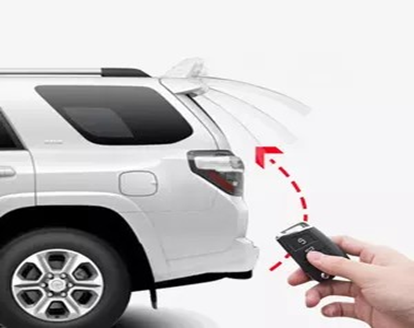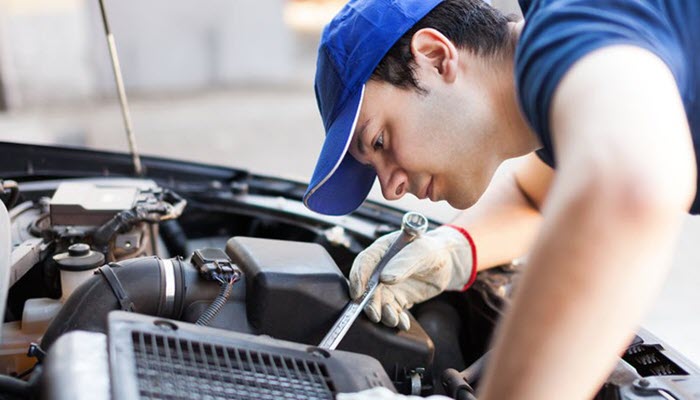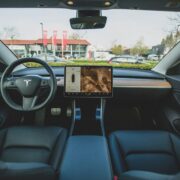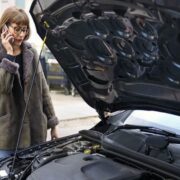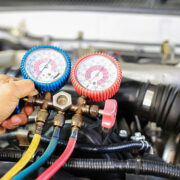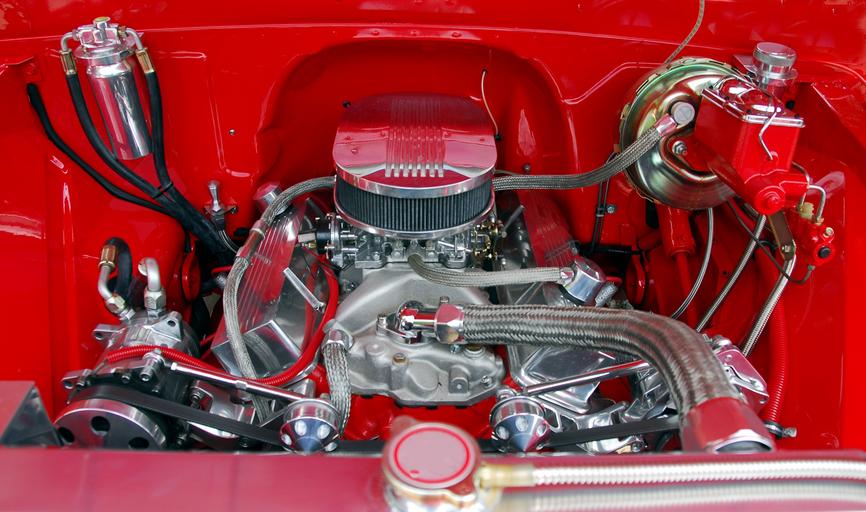
A car owner should understand the different components and machinery of a car that makes it run. Every car part contributes to the overall vehicle performance and when one part is damaged it affects the car’s efficiency. Car parts need to be taken care of and most parts are prone to wear and tear by default and may need replacements and repairs. To ensure that the automotive parts last longer, maintenance by an expert mechanic is required. Some of the key car parts include
Engine system
A gasoline car engine creates motion by burning the gasoline inside the car engine. The car engine is an internal combustion engine since combustion of the gasoline takes place within it. The engine uses a small amount of high energy density fuel which is combusted releasing a large amount of energy in the form of expanded gas. The gasoline conversion to motion undergoes several steps. First, an intake stroke involves the valve opening as the piston moves down into the cylinder that contains air and fuel. The second process is compression stroke in which the air and fuel mixture is compressed as the piston moves back. Thirdly is the combustion stroke in which the spark plug sparks and ignites the fuel making it explode and push the piston down. Lastly, the exhaust stroke which takes place when the piston goes back down opening the exhaust valve allowing exhaust out. The most important parts of the engine are the spark plug, valves, piston, piston rings, connecting rod, crankshaft, and sump.
Power Train
Transmission enables changing of car speed by acceleration or slowing down the car. This happens because of the gear ratio between the engine and drive wheels. A clutch connects the transmission and the engine. Transmission begins with the shaft moving from the engine to the clutch. The shaft and the gear are in a single unit hence connected. When the clutch is pushed the engine and transmission are disconnected and the engine starts to run. When the clutch is freed the engine and the shaft get connected. In the layshaft, the shaft and gears are connected and move as one unit. When the clutch is pushed or released the layshaft received power directly from the engine.
High-end performance cars use automated manual transmission which happens via two clutches hence referred to as dual-clutch automatic. This process is controlled by the car’s computer network and the driver’s input is not required. It operates two gears which lead to minimum power interruption because the system bypasses the power disconnection stage and the shifting is quicker.
Braking system
Pressing on the brakes makes the car come to a stop. The brake pedal transmits the force induced by the foot through the brake fluid. This force from the leg needs to be multiplied by the car for actual braking to take place. This is achieved in two ways, mechanical advantage, and hydraulic force multiplication. The force from the brakes is transmitted to the tires through friction.
Steering, Suspension, and tires
Turning the steering makes the car wheels also turn. For a smooth turn, the wheels must follow different circles in that the inner wheel with a smaller radius makes a sharper turn than the outer wheel. There are two types of steering gears namely rack-and-pinion and the recirculating ball. The rack-and-pinion works by converting rotational motion of the steering to linear motion that turns the wheels and by providing gear reduction hence ease in turning wheels. Recirculating steering gear works by turning a bolt that in turn moves a block that makes the gear turn, hence turning the wheels.
Car suspension function is to minimize the friction between car tires and the road surface hence steering stability and good vehicle handling. This happens by absorbing energy from irregular road parts like bumps, minimizing the transfer of the weight of the vehicle, and transferring the car weight during cornering. The tire supports the car and has a part that is not round. There is a flat part at the bottom known as the contact patch that carries the weight of the car.
Electrical system
The car wiring distributes power from the car battery to devices in the car and transmits data and signals from switches and sensors. Other parts that are in the electrical system include the car ignition system, the automatic windshield wipers, and the car computer.
Exhaust system
Composed of a catalytic converter whose function is to control car emissions. It does this by treating the exhaust from the car before it is released minimizing pollution by the exhaust.it also has mufflers that turn explosions that would be loud to a quiet purr diming the roar of the engine.
Conclusion
A car has several parts that work together contributing to the smooth running and operation of the automotive. To ensure safety, comfortability, and smooth experience with the car the parts should be checked regularly, and maintenance procedures conducted. Some parts require more inspection than others.

